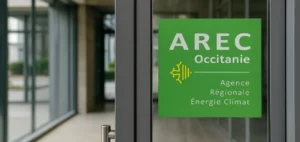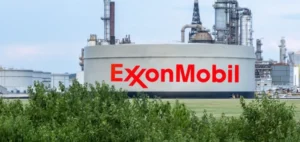BP announces a significant shift in its energy strategy. The company has abandoned its ambitious goal of increasing renewable energy production 20-fold by 2030 and is now refocusing on oil and gas. This decision comes in response to growing pressure from investors who demand short-term profitability. BP experienced a difficult 2024, with a drastic 97% drop in its profits, and the company has decided to adjust its priorities to improve immediate financial performance.
BP’s initial goal was to become a leader in clean energy, but in light of the low profitability of wind and solar projects, and after disappointing results in 2024, the company has opted to return to hydrocarbons. This shift marks a break from the previous commitments made to accelerate the company’s energy transition.
Investor Pressure
Investors, including funds such as Elliott Management, have had a significant influence on BP’s decision. They have demanded a quicker return on investment by pushing the company to focus on oil and gas projects, which are seen as more profitable in the short term. This pressure has led to a revision of BP’s strategic priorities, with a renewed focus on liquefied natural gas (LNG) and a reduction in renewable energy investments.
BP began adjusting its strategy at the end of 2024 after a sharp drop in profits. The company has already started a cost-reduction program, including the elimination of thousands of jobs and the sale of non-strategic assets to strengthen its cash flow. The pressure from activist shareholders, notably Elliott, has accelerated this strategic shift.
Return to Hydrocarbons
BP’s decision to return to hydrocarbons is partly driven by the strong ongoing demand for oil and gas, which continue to generate substantial profits for energy companies. While renewable energy projects have long-term growth potential, they currently offer much lower margins. BP has chosen to prioritize more profitable short-term projects. This refocus includes increased investment in liquefied natural gas (LNG) and a significant slowdown in wind and solar projects.
This move aligns BP with a broader trend among major oil companies. Other players in the sector, such as Shell and TotalEnergies, have also scaled back their renewable investments, prioritizing hydrocarbons due to their higher profitability. BP appears to be following this logic, facing mounting shareholder pressure for a quick return on investment.
A Tough Year for BP in 2024
The announcement from BP comes after a particularly difficult 2024. In addition to the dramatic profit decline, BP has lost competitiveness compared to rivals such as ExxonMobil and Chevron, who have posted solid results despite a fluctuating energy market. BP announced significant cost-cutting measures, including the elimination of 7,700 jobs and the sale of non-strategic assets to improve its cash flow. The company also launched a $3 billion asset divestment program to stabilize its financial situation.
BP’s 2024 results highlighted the need for the company to reassess its short-term strategy. While competitors like ExxonMobil and Chevron have posted strong results, BP has faced significant financial challenges, which have led to its strategic overhaul.






















